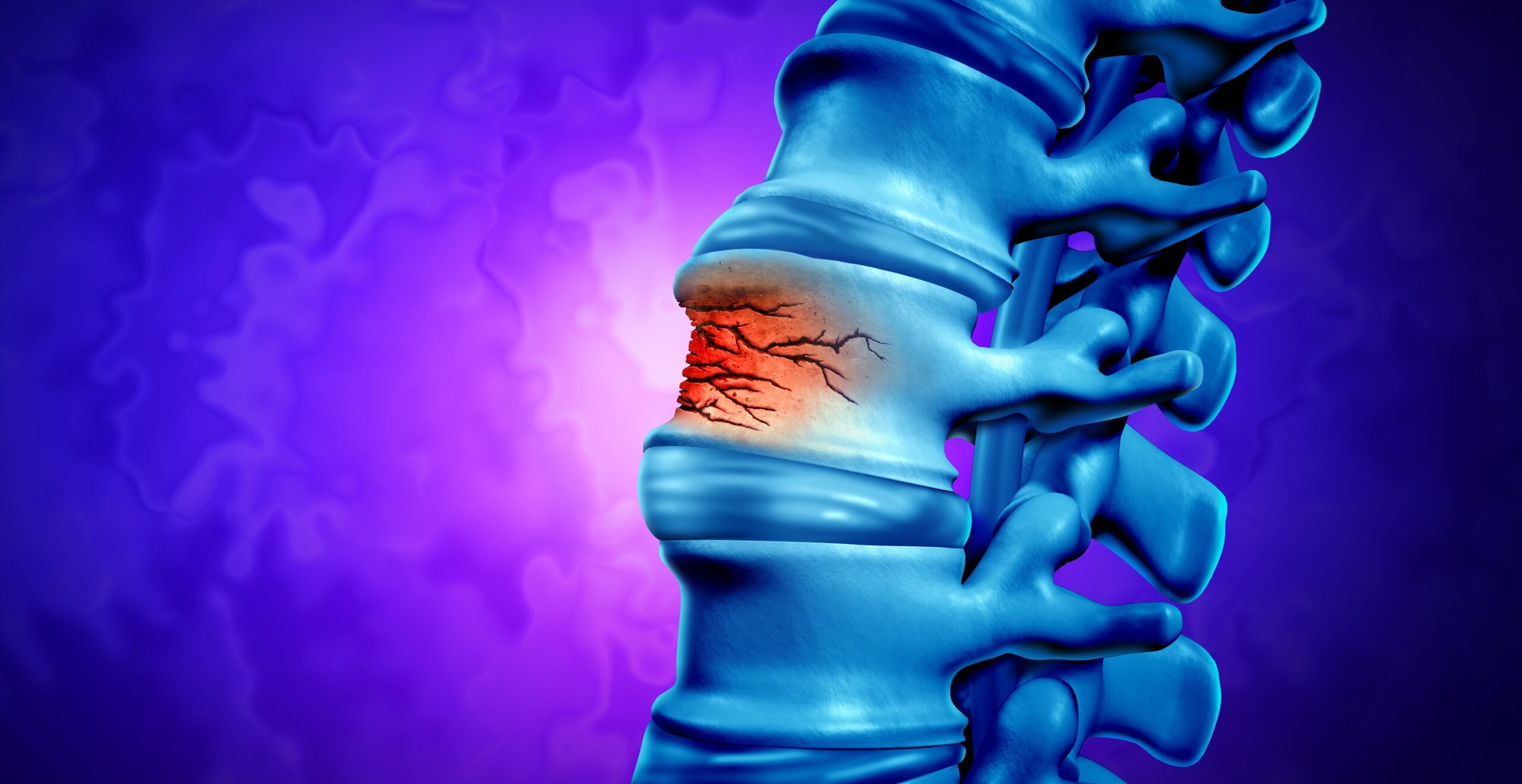
What Is Compression Fracture?
Compression fracture is a common fracture of the spine when the vertebral body suffers a crush or wedging injury and collapses. When an outside force is applied to the spine, such as from a fall or suddenly carrying a heavy object, the force may be greater than the ability of the spine to support the load. This may cause the front part of the vertebral body to get crushed and become wedge shaped.
Certain individuals are at an increased risk of developing compression fractures. Osteoporosis, a metabolic disease leading to loss of bone mass, is a common cause of compression fractures. Long-term steroid use is another cause. Cancer that has spread to the spine can weaken the bone and result in compression fractures. A normal spine may also suffer from a compression fracture when there is a severe forward bending injury, most commonly seen from a fall from a height or an automobile accident.
Signs and Symptoms
- Sudden or gradual onset of pain that may be severe at times
- Loss of height
- Kyphosis or humpback deformity
- Loss of balance
- Numbness, tingling, or weakness in rare cases
Diagnosis
Dr. Cho conducts a thorough history and physical examination to determine each patient’s symptoms and functional limitations. X-ray is a common test that can quickly show the compression fracture. MRI or CT scans with dye are often helpful when there is suspicion of spinal cord or nerve damage.
Non-surgical Treatment
Most compression fractures can be treated with pain medication, activity modification, and bracing. Osteoporosis is a medical condition, and patients often need nutritional and/or medical treatments (calcium, vitamin D, bisphosphonate, or parathyroid hormone therapy).
Surgical Treatment
kyphoplasty and vertebroplasty are two minimally invasive surgical procedures that can effectively treat vertebral compression fractures. They are typically offered to patients who fail to get meaningful relief of pain by non-operative means. Severe compression fractures, especially in young patients, may require posterior spinal instrumented fusion using appropriate implants (i.e., screws and rods) to stabilize the spine and help it heal in the correct position.
